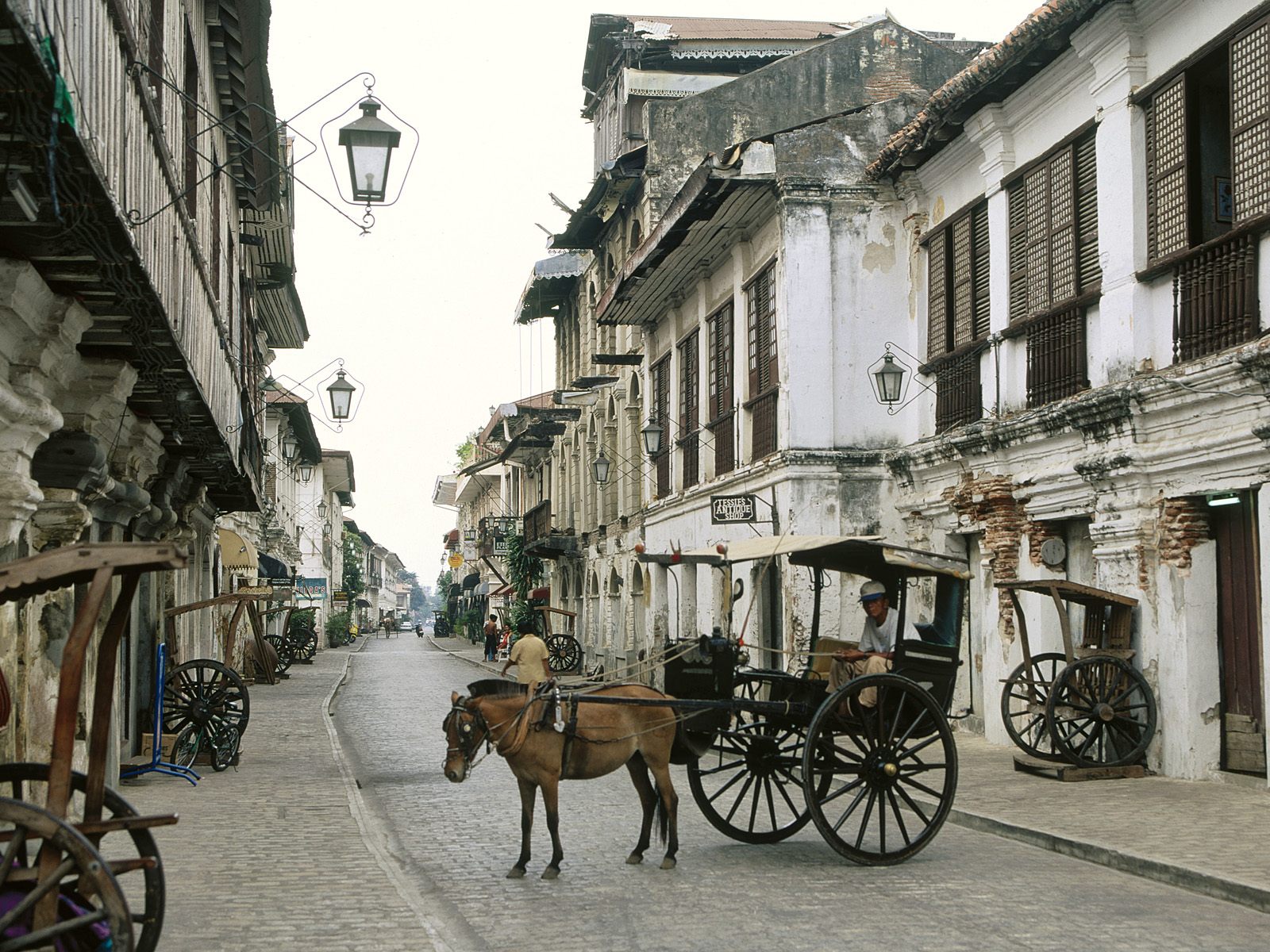8 Reasons Why Vigan Should Be One of the Wonder Cities of the World
Sep 25, 2014 • Glaiza Lee

Sep 25, 2014 • Glaiza Lee
The heritage city of Vigan in Ilocos Sur is still in the running to become one of the 7 Wonder Cities of the World. In this penultimate round of the race, this northern city made it to the list of 21 finalists and will compete against the world’s best cities such as Bangkok, Barcelona, Istanbul, London, Mexico City, Mumbai, Perth, Reykjavik, Saint Petersburg, and Seoul to make it to the next round.
To vote, visit the website (www.new7wonders.com) and cast your vote. Aside from that, votes may be cast through mobile applications for Apple and Android devices. Voting can be done through text messaging and/or through international phone (+881821611990; +881921611990;+34902735471; +447589975201; +447559121023; and+447559583500).
Voting for the 7 Wonder Cities ends on October 7, when the list will be further reduced to 14. The new 7 Wonder Cities will be revealed on December 7, 2014.
You might ask: why should you vote for Vigan? Here are the 8 reasons why this place is, indeed, a “wonder” city.
When he failed to negotiate with the Spanish authorities to establish a government in Ilocos with Ilocano functionaries, he worked with British forces to defeat the enemy in the north and gained control of Vigan three months after. However, the British’s promise to strengthen his forces and complete his plan unfortunately never came. Diego Silang was later killed by his friend Miguel Vicos upon the instigation of the Spanish church and government.
His wife Gabriela Silang took over and continued the revolution. Her valiant effort however was overpowered by the Spanish forces, causing her retreat to Abra. She tried to lead her army back, but was again repelled. She was later captured and put to death publicly by hanging, along with her other comrades, in 1763. She is now known as the Philippine’s Joan of Arc and the first female leader in Philippine revolution.
Another must-visit is the Crisologo Museum, which was established in perpetuation of the memory of a tragic event that happened to the clan patriarch, Floro S. Crisologo. He was a congressman known for being responsible to some landmark legislations that benefited his constituents such as the law that created the first state university in the North and the establishment of the Social Security System. The public servant was later shot in the head by a still unidentified gunman while he was inside the St. Paul Cathedral in 1970. His wife Carmeling and his children vowed to never exact revenge, but made sure that his life and death will not be forgotten.
Vigan is also home to National Folk Artist Fidel Go who was awarded the highest award by the National Commission on Culture and the Arts in 1990 for his exemplary effort in preserving the tradition of burnay-making.
Aside from the century-old tradition of burnay making (pottery), there is also the abel, the traditional hand-woven cloth. Made from sagut or cotton, abel weaving is quite intricate and labor-intensive. Different colored yarns of cotton are manually arranged in a wooden handloom; then the weavers must master the synchronized movements of their hands and feet to create beautiful design.
Biguenos so love their vegetables that the Vigan cuisine revolves around them. That is why they also dedicate their lands in planting vegetables such as ampalaya, cabbage, eggplant, tomato, squash, and mongo. They also have root crops such as cassava, jicama, peanuts, sweet potato and yam.
One of the must-try here is the Vigan empanada. Likened to a taco, it is made from ground rice flour used to make dough for the crust or shell. The dough mixture is then kneaded as thinly as possible on a banana leaf. The filling is made from grated green papaya, toge or mung bean sprouts and shredded carrots, with meat from Vigan longganisa and egg.
Don’t forget about the kankanen, an Ilocano term that collectively refer to Vigan delicacies. In the olden times, these native delicacies were prepared only during special occasions and fiestas. But now, one can enjoy these delicacies throughout the year. Try the famous bibingka, biko-biko, binagkal, dila-dila, kalamay, kaskaron, latik, patupat, puto and tinubong from the kankanen makers of Barangay San Jose in Vigan.
Biguenos take pride in preserving their culture, history and architecture. Government, private organizations and its constituents aim to keep their long-term goal of preserving the 630 heritage structures in their city that date back from the 18th century. Calle Crisologo and the nearby streets transport tourists to the bygone era, in the Spanish colonial period, when people lived prosperously because of the Manila-Acapulco galleon trade.
Input your search keywords and press Enter.

1 comment